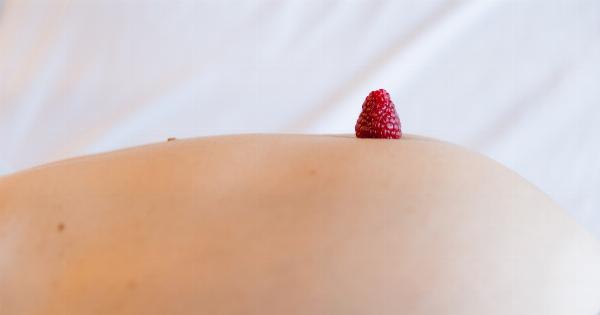After delivering a baby, women go through a variety of physical and emotional changes. One common experience is postpartum bleeding, also known as lochia.
This vaginal discharge is a normal part of the postpartum period and typically lasts for a few weeks. Understanding what to expect with postpartum bleeding can help new mothers feel more prepared and confident during this recovery period.
What Causes Postpartum Bleeding?
After childbirth, the uterus sheds the lining that built up during pregnancy. This shedding results in bleeding from the vagina.
The amount and duration of bleeding can vary between individuals, but it typically starts off heavy and gradually decreases over time.
Lochia Progression
Postpartum bleeding goes through several stages, each characterized by different colors and consistencies. Understanding these stages can help women know what to anticipate and when to seek medical attention if necessary.
1. Lochia Rubra
Initially, the bleeding is bright red and similar to a heavy menstrual period. This phase typically lasts for the first few days after delivery.
2. Lochia Serosa
After the initial stage, the bleeding transitions to a lighter pink or brown color. This is called lochia serosa and can last for up to 10 days.
3. Lochia Alba
During this final stage, the discharge becomes creamy white or yellowish. Lochia alba can persist for several weeks after delivery.
Monitoring Postpartum Bleeding
It is crucial for women to monitor their postpartum bleeding to ensure there are no complications. Here are some important factors to consider:.
1. Amount of Bleeding
Initially, bleeding will be heavy, similar to a heavy period. However, it should progressively decrease.
If bleeding becomes excessively heavy or suddenly increases after it has been tapering off, it may be a sign of a problem and medical advice should be sought.
2. Clot Size
Passing blood clots is normal during the postpartum period. However, if clots are larger than a golf ball or accompanied by heavy bleeding, it is essential to consult a healthcare professional.
3. Duration
While the exact duration of postpartum bleeding varies for each woman, prolonged bleeding that lasts longer than six weeks may indicate an underlying issue. A healthcare provider should be informed in such cases.
4. Foul Odor or Discomfort
If the lochia has a foul smell or is associated with pain, fever, or other discomfort, it could be a sign of infection. Seeking medical attention is crucial in such situations.
Managing Postpartum Bleeding
New mothers can follow these tips to manage postpartum bleeding and ensure a smooth and healthy recovery:.
1. Use Pads, Not Tampons
Using sanitary pads is recommended over tampons during postpartum bleeding. Tampons can increase the risk of infection and hinder the healing process.
2. Frequent Pad Changes
Regularly changing pads will help keep the area clean and reduce the risk of infection.
3. Perineal Care
After using the toilet, wiping gently from front to back can prevent the introduction of bacteria into the vagina and help prevent infection.
4. Rest and Avoid Strain
Resting as much as possible and avoiding heavy lifting or strenuous activities can promote healing and reduce the risk of increased bleeding.
5. Hydration and Nutrition
Staying hydrated and consuming nutritious foods can support the body’s healing process after delivery.
When to Seek Medical Help
While postpartum bleeding is a normal part of the recovery process, certain situations warrant immediate medical attention. Seek medical help if you experience:.
1. Heavy Bleeding
If you are soaking through more than one sanitary pad per hour or passing large blood clots, contact your healthcare provider.
2. Foul Odor or Unusual Discharge
If your lochia has an unpleasant smell or you observe unusual colors like bright red after the first few days, it may indicate an infection.
3. Severe Pain
If you experience intense abdominal or pelvic pain that is not relieved by over-the-counter pain medications, consult a healthcare professional.
4. Fever or Chills
A fever over 100.4 degrees Fahrenheit (38 degrees Celsius), accompanied by chills or other flu-like symptoms, can indicate an infection and requires immediate medical attention.
Conclusion
Postpartum bleeding is a normal part of the recovery process for women after giving birth. Understanding the stages and knowing what to anticipate can alleviate anxiety and help new mothers navigate this period more confidently.
Monitoring the amount, duration, and characteristics of postpartum bleeding is essential to ensure a healthy recovery. By following proper self-care measures and seeking medical help when necessary, women can ensure a smooth transition into motherhood.





























